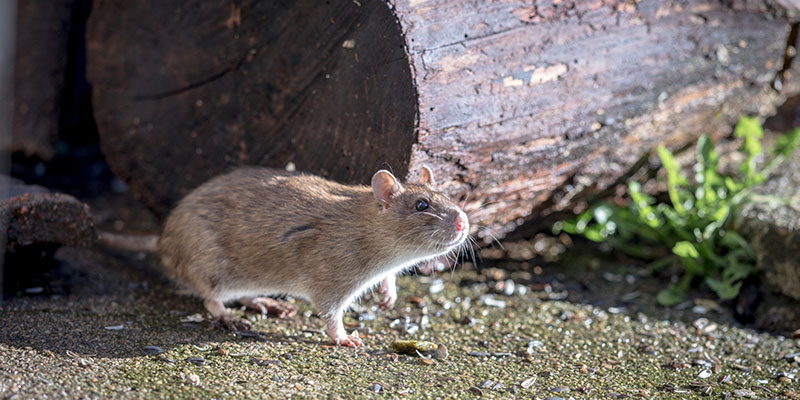
Rodent Proof Insulation – How to Protect your Home against Rodents?
It can be a common occurrence for rats and mice to find nesting areas within your home, especially if you have a type of insulation installed that favours rodents. Reducing the possibility of rodent infestations is important and can be revolved simply by selecting a specific type of insulation over another. There are some insulations available on the market that may have benefits in thermal resistance, soundproofing and more, but also may act as a food source for mice and rats. Therefore, it begs the question, does rodent proof insulation actually exist?
Rodents can enter homes if insulation is not airtight and leaves large holes, easy for navigation and nesting, also, if your home insulation acts as a food source then you may succumb to a rodent infestation. This article outlines how you can protect your home against rodents.
Choosing the Right Insulation to Protect Against Rats, Mice and Pests
A simple matter of picking the correct insulation can help you put a stop to nesting rodents in your lofts, floorboards and walls. Common insulation types for residential homes are usually fibreglass insulation, cellulose insulation, mineral wool insulation or spray foam insulation. While they all act as good insulators in stopping the escaping of heat, or reducing moisture build up, not all of them can protect your home against rodents.
Cellulose
Blown-in insulation such as cellulose or fibreglass will not protect against mice or rats from entering your homes and creating habitats there. Fibreglass is a known substance that rats and other pests can feed on, therefore, if your lofts or floorboards are insulated with this material, you may be providing an ideal home for rodents.
Additionally, cellulose is not the most airtight of insulations, especially overtime it can succumb to shifting. This movement can allow a mouse or a rat to creep its way into your walls, floorboards or any area of your home with this insulation. Rodents need to be controlled at an entry level an environmental level, by not providing them with ideal living conditions.
Polystyrene
Similar to cellulose, polystyrene insulation also acts as a food source for rodents and may be a cause of any infestation you have or may have. If mice and rats nibble at your insulation, it does not only act as a source of food but weakens the integrity and effectiveness of your home insulation altogether. The insulation properties of your polystyrene will weaken and perform worse over time, gradually making your energy bills higher.
Spray Foam Insulation
As insulation experts, here at Eco Spray Foam Systems we would always recommend the use of Icynene spray foam for your home. Spray foam is a great deterrent and is entirely resistant to mice, rat and all rodents. Installing expanding spray foam insulation not only covers all areas of your property but it does not act as a food source for pests.
Importantly, due to the long-lasting properties of spray foam insulation, it will not weaken and degrade overtime, so your home will be protected against rodents for the lifespan of your property. When you install your home with open-cell or closed-cell foam, it forms an airtight barrier, provides superior thermal protection, soundproofing and it is known as one of, if not the only, rodent proof insulation on the market today.


